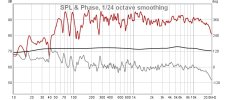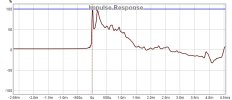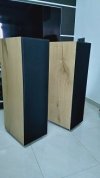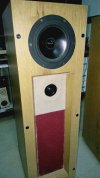Got an opportunity some 3 months ago to built a ML TL with Dayton drivers for a FM. Considering a 7" AL woofer and 1" AL tweeter from the Reference stable for this project.
I have already completed the TL BOX and have tuned it around 44Hz. Have yet to design the crossover and complete the Version1 built. Crossover will be as usual first order and will try for full phase coherence.
Would be able to complete them by mid next month for a initial impression with him. Will post images soon for benefit of DIY community of the simulations (BOX & Crossover)
Thanks for looking.
I have already completed the TL BOX and have tuned it around 44Hz. Have yet to design the crossover and complete the Version1 built. Crossover will be as usual first order and will try for full phase coherence.
Would be able to complete them by mid next month for a initial impression with him. Will post images soon for benefit of DIY community of the simulations (BOX & Crossover)
Thanks for looking.














